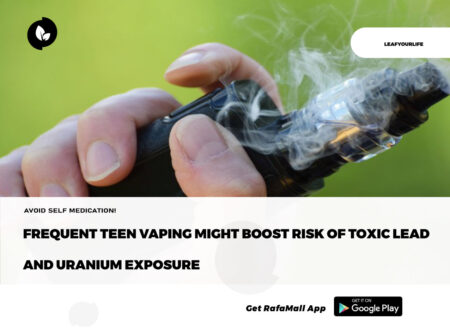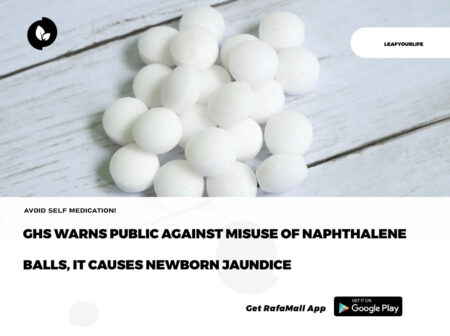
Across various West African countries, gari, a popular food made from cassava, has garnered a reputation for potentially causing impaired vision.
While this notion remains a common belief, it’s essential to examine the scientific basis behind these claims.
Cyanide content in cassava and gari: Cassava, the primary ingredient in gari, contains naturally occurring cyanide compounds, which can be toxic if consumed in excessive amounts.
However, it’s crucial to understand that when cassava is adequately processed, the cyanide levels are significantly reduced, rendering it safe for consumption.
This process involves draining, peeling, and thorough roasting of the cassava to break down and eliminate the toxic compounds.
Cyanide poisoning and eye health: Under-processed cassava, with higher residual cyanide levels, can indeed lead to cyanide poisoning if consumed.
This poisoning can interfere with the nerves responsible for transmitting visual information from the eye to the brain.
It can also lead to a suppression of vitamin A, an essential nutrient for maintaining eye health. The combination of these effects can result in blurred vision and, in severe cases, the development of cataracts.
Age-related impact: Research suggests that the visual impairment caused by under-processed cassava is more likely to be severe in individuals above the age of 40.
This may be due to the cumulative effects of cyanide exposure over time, which can exacerbate existing age-related changes in eye health.
In summary, the saying that gari consumption can impair eyesight is not entirely unfounded, but the key factor at play is the level of cyanide in cassava and its processing. Properly processed gari contains minimal cyanide and is safe to eat.
However, under-processed cassava can lead to cyanide poisoning, which can, in turn, affect eye health.
To enjoy gari safely, it is recommended to ensure that the cassava used in its preparation is well-processed and that cyanide levels are within safe limits.
This is particularly important for individuals aged 40 and above, as they may be more vulnerable to the effects of cyanide exposure on eye health.
Source: PulseGhana











